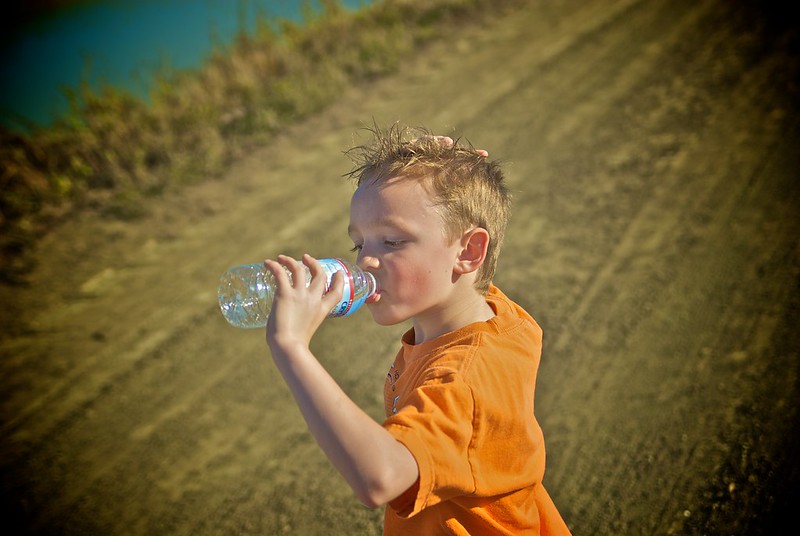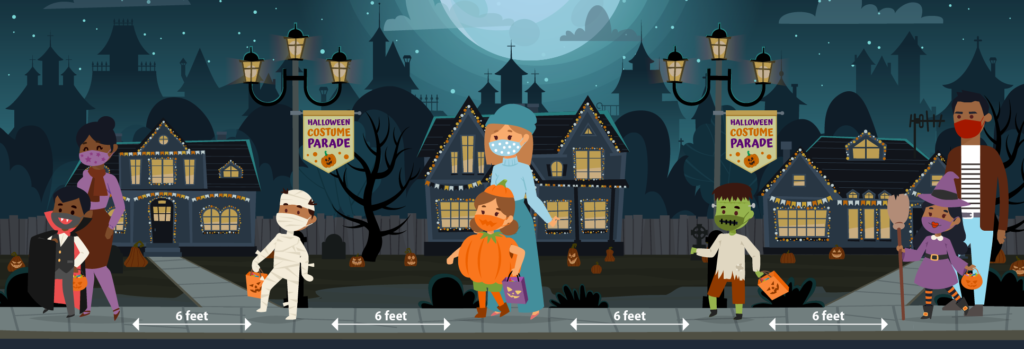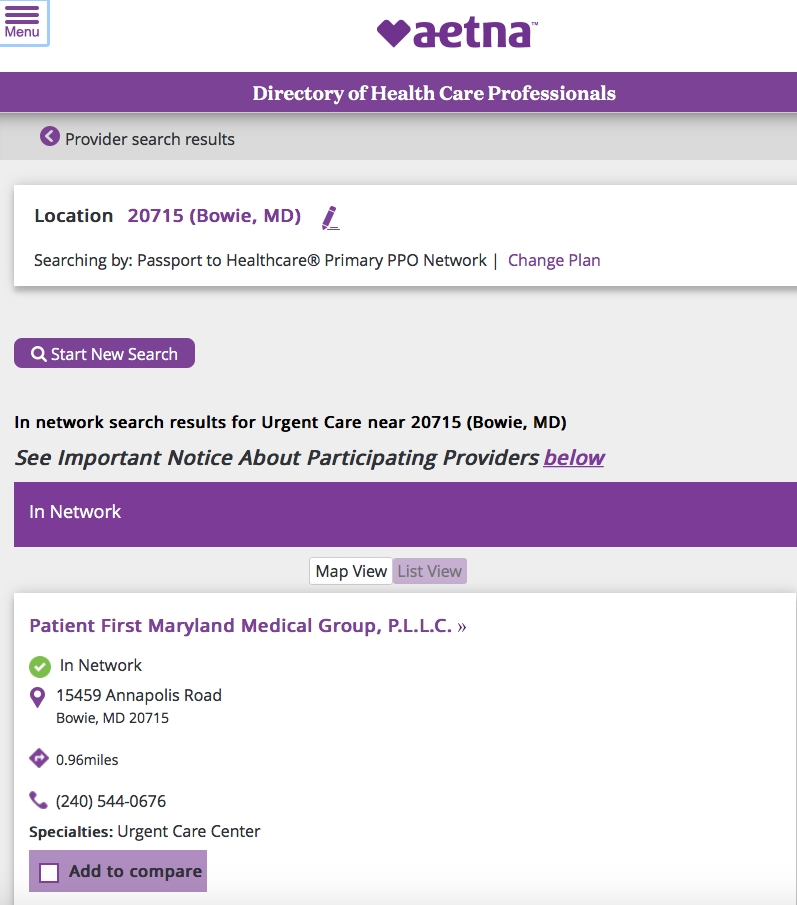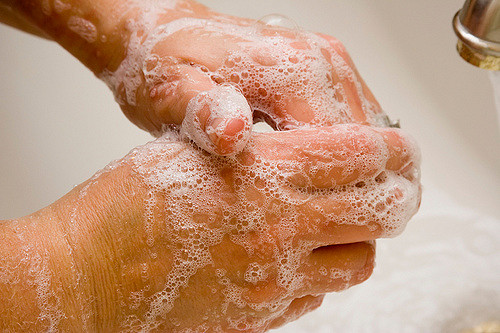Dehydration means that the body lacks the necessary amount of fluid. Infants and small children are more likely to become dehydrated than older children or adults, because they can lose relatively more fluid quickly.

Here are some steps to take to make sure children remain hydrated in the summer months:
- Encourage your child to drink plenty of water. On hot days, children should drink significantly more water than usual, as they are losing more due to the heat.
- Do not wait until your child is thirsty to give him water. By the time they feel thirsty, they are already becoming dehydrated.
- If your child is resistant to drinking enough water, have other liquids on hand for your child to drink throughout the day.
- Be alert to changes in behavior. A child may act confused or more irritable when they are becoming dehydrated/overheated. Get them into cooler temperatures and drinking more fluids.
- Dress your child in lightweight clothing in the summer months, particularly if she’ll be playing outdoors in warm weather. You may also consider clothes that are well ventilated as they do not trap heat close to the body.
- When there are heat and/or air quality advisories because the weather is dangerously hot, you should avoid taking the children outdoors. Check with your host parents for further guidance on this topic.
Remember to follow these tips for yourself too, so you stay well hydrated.
Photo: Moyerphotos (Flickr)



 Make trick-or-treating safer
Make trick-or-treating safer
 Wash your hands
Wash your hands

 Here’s some useful information from the Center for Disease Control about how you can protect yourself from the flu and how to treat yourself and your host children should you get sick.
Here’s some useful information from the Center for Disease Control about how you can protect yourself from the flu and how to treat yourself and your host children should you get sick. Swords, knives, and other costume accessories should be short, soft, and flexible.
Swords, knives, and other costume accessories should be short, soft, and flexible. Avoid trick-or-treating alone. Walk in groups or with a trusted adult.
Avoid trick-or-treating alone. Walk in groups or with a trusted adult. Fasten reflective tape to costumes and bags to help drivers see you.
Fasten reflective tape to costumes and bags to help drivers see you. Examine all treats for choking hazards and tampering before eating them. Limit the amount of treats you eat.
Examine all treats for choking hazards and tampering before eating them. Limit the amount of treats you eat.
 Hold a flashlight while trick-or-treating to help you see and others see you. WALK and don’t run from house to house.
Hold a flashlight while trick-or-treating to help you see and others see you. WALK and don’t run from house to house. Look both ways before crossing the street. Use crosswalks wherever possible.
Look both ways before crossing the street. Use crosswalks wherever possible. Only walk on sidewalks whenever possible, or on the far edge of the road facing traffic to stay safe.
Only walk on sidewalks whenever possible, or on the far edge of the road facing traffic to stay safe. Wear well-fitting masks, costumes, and shoes to avoid blocked vision, trips, and falls.
Wear well-fitting masks, costumes, and shoes to avoid blocked vision, trips, and falls. Never walk near lit candles or luminaries. Be sure to wear flame-resistant costumes.
Never walk near lit candles or luminaries. Be sure to wear flame-resistant costumes. Dehydration means that the body lacks the necessary amount of fluid. Infants and small children are more likely to become dehydrated than older children or adults, because they can lose relatively more fluid quickly.
Dehydration means that the body lacks the necessary amount of fluid. Infants and small children are more likely to become dehydrated than older children or adults, because they can lose relatively more fluid quickly.